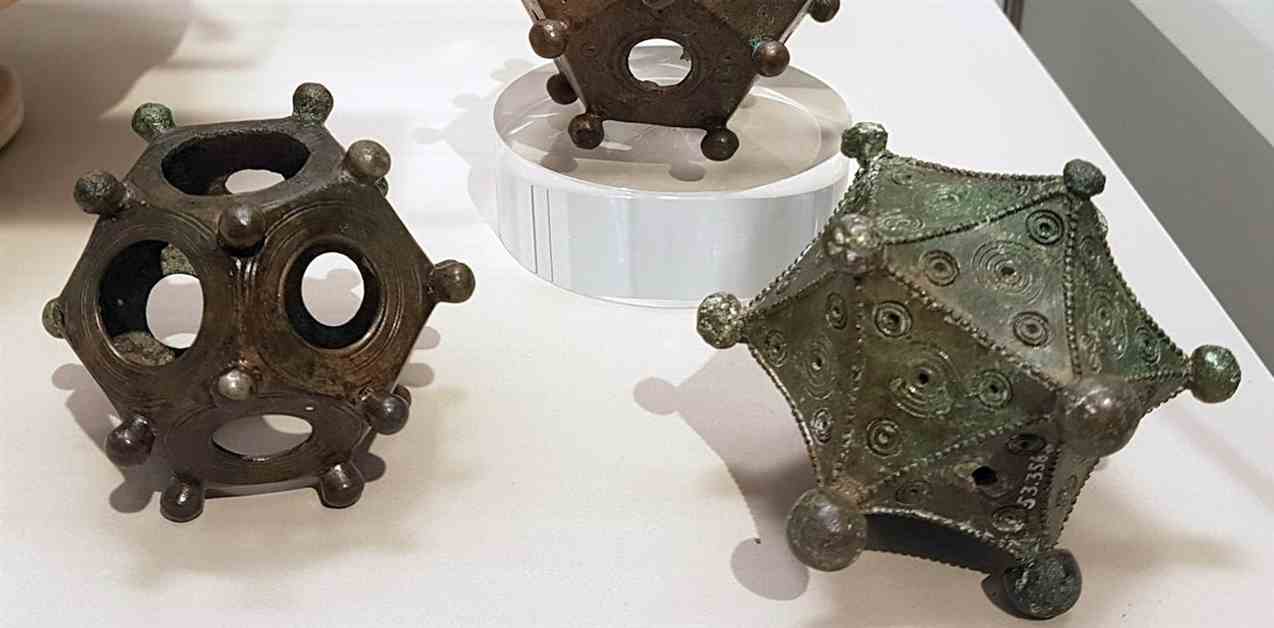Five Enigmatic Ancient Objects That Puzzle Archaeologists
Archaeologists are often faced with mysteries surrounding ancient artifacts that leave them puzzled. While many historical objects have been deciphered, there are some exceptions that continue to baffle experts. Here are five intriguing ancient objects that have archaeologists scratching their heads:
1. Neolithic Stone Balls:
These intricately carved stone balls, primarily found in Scotland and dating back to the later Neolithic period, have baffled researchers. With over 425 balls discovered, each made from various stones and featuring unique carvings, their original purpose remains a mystery. Were they used as weapons, tools, ornaments, or something else entirely? The answer eludes archaeologists to this day.
2. Roman Dodecahedra:
These Roman artifacts, crafted from copper alloy and found across the former Roman empire, have sparked debate over their function. Despite their fine craftsmanship, the purpose of these dodecahedra remains unknown. Speculations range from knitting tools to religious objects, but archaeologists have yet to reach a consensus on their intended use.
3. Neolithic Chalk Drums:
Carved cylinders of chalk discovered in ancient graves have raised questions about their significance. The geometric decorations and intricate designs on these drums suggest a deeper symbolic meaning, possibly linked to rituals or beliefs of the time. While theories abound, the true purpose of these chalk drums remains a mystery.
4. Bronze Age “Lock-Rings”:
These small penannular rings from the Bronze Age, often found in pairs, have puzzled experts with their intricate designs and unclear function. Whether they served as nose rings, earrings, or hair ornaments, their purpose remains uncertain. Recent discoveries linking similar artifacts to burials offer new perspectives on their possible uses.
5. Romano-British Cosmetic Grinders:
These small copper alloy kits, used for grinding substances, have raised questions about the materials processed in them. With decorative motifs and unique designs, these cosmetic grinders hint at ancient grooming practices and beliefs. The contents of these grinders remain a mystery, prompting further research and analysis by archaeologists.
These enigmatic ancient objects continue to captivate archaeologists and historians, shedding light on the complexities of ancient civilizations and the mysteries that still surround them.
















